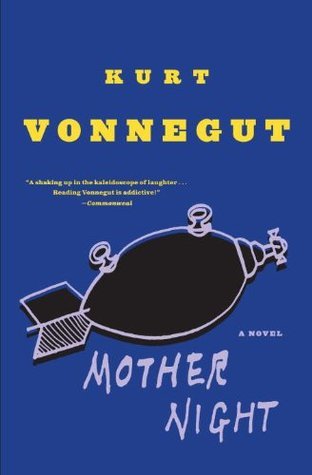Chapter 7: Autobiography …
byChapter 7 takes the reader through Howard W. Campbell, Jr.‘s early life, offering a reflective view of his childhood in Schenectady, New York. Born on February 16, 1912, he recalls growing up in a household where his father, an engineer at General Electric, was mostly absent due to his work in the Service Engineering Department. This department required frequent travel for the installation and maintenance of heavy machinery, which kept him away from home. Campbell describes his father’s sole passion, a massive picture book on the First World War, which seemed to play a mysterious and important role in his life. However, his father discouraged him from exploring the book, claiming it was not for children. Despite the warning, Campbell secretly looked through the disturbing images, which hinted at the dark and violent themes that would later play a significant role in his life, foreshadowing the experiences that would come to shape his identity and future choices.
Campbell’s mother, Virginia Crocker, was a beautiful yet troubled woman who struggled with alcoholism. She was an amateur cellist and a housewife, but her emotional instability often led to erratic behavior. One such incident, involving a frightening display of fire caused by rubbing alcohol and salt, deeply disturbed young Campbell. This event marked a shift in their relationship, as he grew fearful of her unpredictable nature. The trust that once existed between them began to erode, with his mother retreating into herself as she became more self-conscious of her eccentricities. Her withdrawn behavior created a growing distance between them, and the once-close bond between mother and son began to unravel. These formative years were colored by a sense of emotional abandonment and confusion, contributing to Campbell’s later emotional and psychological struggles.
In 1923, Campbell’s life took a dramatic turn when his father was assigned to Berlin, marking the beginning of a transformation in his young life. He quickly adopted the German language and became involved in a variety of social circles, making new friends and ultimately becoming a playwright. He married Helga Noth, the daughter of a Berlin police chief, and his life seemed to take root in the German capital. Unlike his parents, who fled Germany as World War II approached in 1939, Campbell remained behind. He aligned himself with the Nazi regime, taking on the role of a writer and broadcaster for Nazi propaganda. Within the Ministry of Popular Enlightenment and Propaganda, Campbell was recognized as an expert on American affairs, and his work helped shape the Nazi narrative about America. This period in Berlin saw Campbell fully immersing himself in the propaganda machine, adding another layer to his identity as a collaborator and propagandist for the regime.
The final part of Campbell’s journey through this chapter focuses on his capture towards the end of the war. On April 12, 1945, Campbell was apprehended by Lieutenant Bernard B. O’Hare of the American Third Army. Disguised in civilian clothes, he was taken to Ohrdruf, a Nazi concentration camp, where he was confronted with the horrifying realities of the camp system. The stark reality of the death camps, including the sight of six dead guards hanging from gallows, left an indelible mark on Campbell’s psyche. He feared he would soon meet the same fate, anticipating his own execution. A photograph taken during this moment captured his fear and despair, becoming an iconic image that would haunt the world. This photograph, representing the complexities of his past and his involvement in the war, gained widespread attention and was almost awarded a Pulitzer Prize for its powerful depiction of human suffering and moral ambiguity. This moment marked a turning point for Campbell, cementing his identity as both a victim and a perpetrator of the war’s atrocities, reflecting the conflicting roles he played throughout his tumultuous life.

